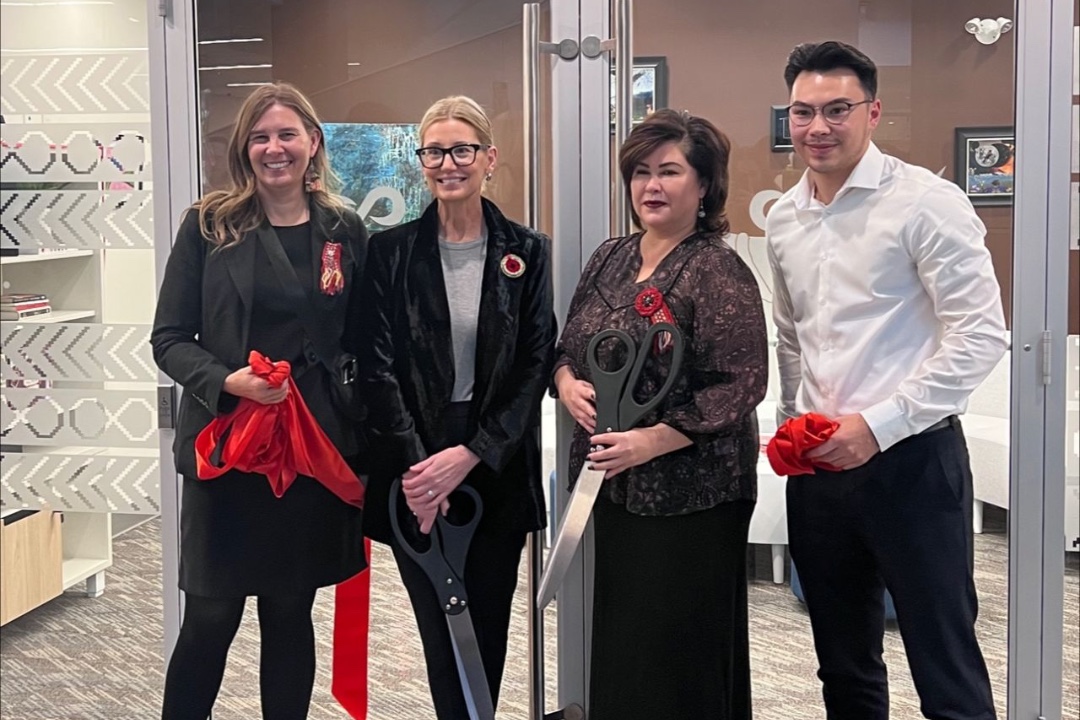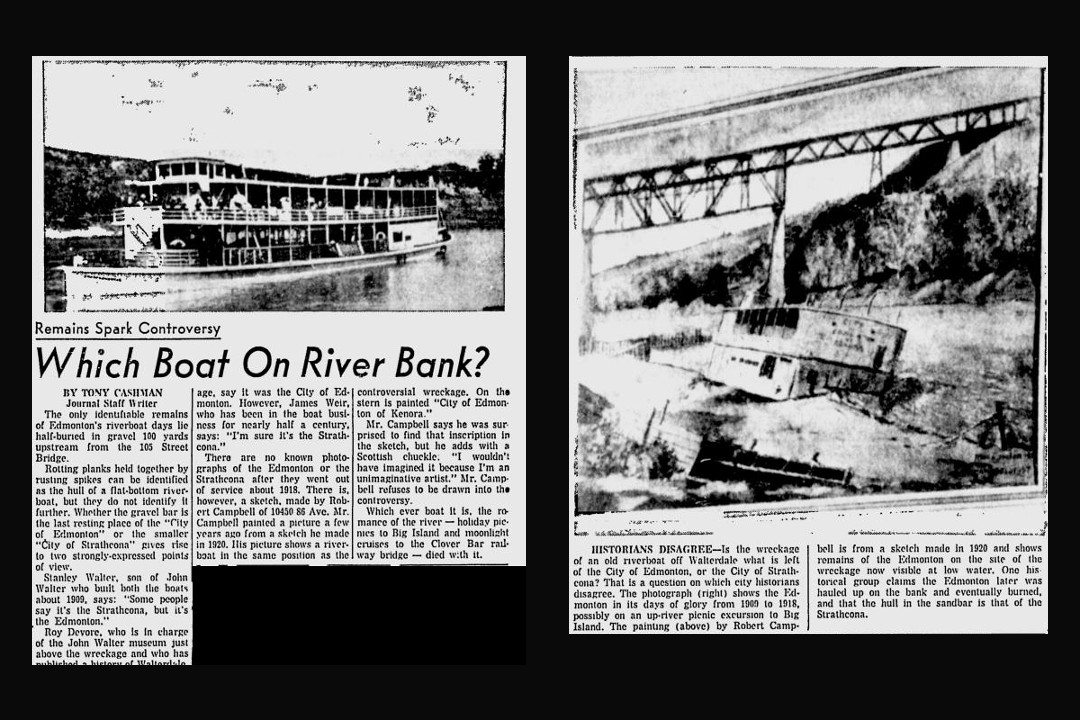
NorQuest opens first Métis student centre in Canada
NorQuest College and the Rupertsland Institute have launched Canada's first Métis student centre after students voiced concern about their culture's lack of representation.
The centre will act as a connection point for post-secondary students and the Rupertsland Institute, an affiliate of the Métis Nation of Alberta. It will offer access to the institute's advisors, who can help students with applications, emergency and technology funding, tutoring support, and more.
In addition to being the first Métis-specific student centre in Canada, students were instrumental in its creation.
"I think it's important that a student is leading this because students understand each other, especially in this generation," Skyler Wong, Métis Student Services Centre coordinator, told Taproot. "All of the ideas that we've come up with, we've thought about, 'What would we want to see if we were here?'"
Wong identifies as Métis and has been involved with the Rupertsland Institute since early 2023, receiving funding from the organization and later securing an internship with it. Soon after he graduated from MacEwan University earlier this year, the Rupertsland Institute hired him to develop and launch the student centre, as well as to facilitate the conversation between students, the institute, and NorQuest.
The Rupertsland Institute also collected anecdotal and quantitative data from students across Alberta. Métis students sent a clear message that they felt their identity was lost in the fray, said Donna Bell, manager of Indigenous relations and support at NorQuest.
NorQuest does have an Indigenous student centre, called Miyo-pimâtisiwin, which offers an inclusive space and services to Indigenous students. But Bell said Métis culture always felt like an add-on rather than a focus.
"It's great if you're lucky enough to have an Indigenous centre in your space, but it's really super great to see that you're more than just a sash hanging on a wall," Bell said.

